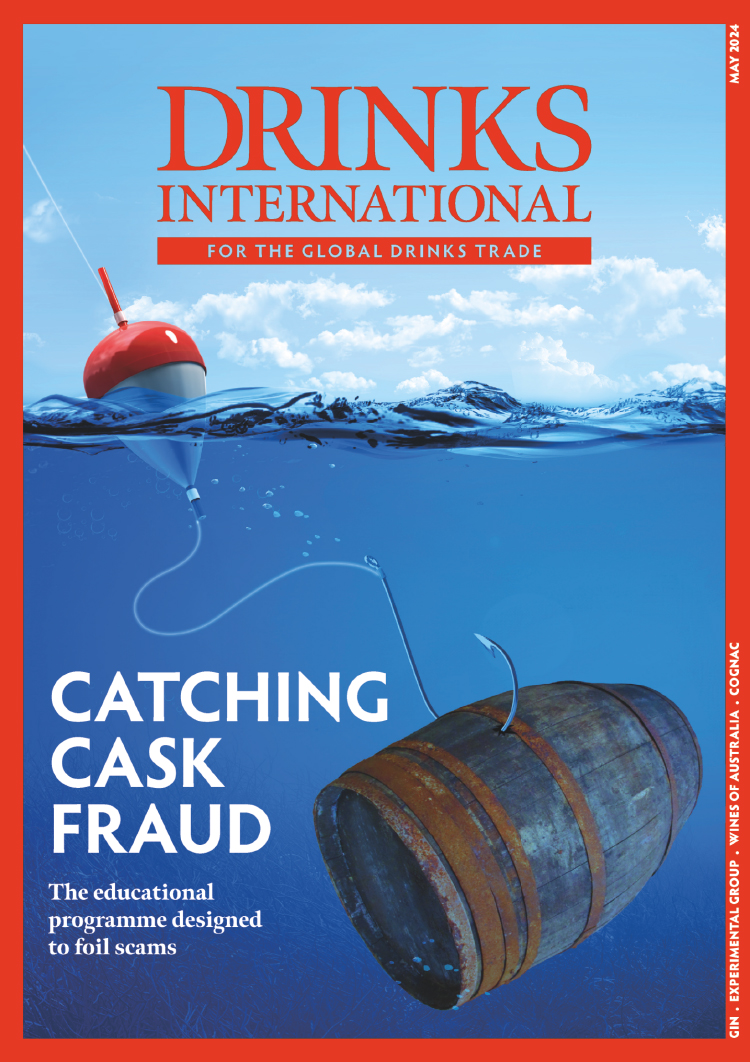POINT OF DIFFERENCE
This may be so, but the point of difference should not solely be the premium or super-premium label, for the company and consumers’ sake. “I’ve got a bit of a love-hate relationship with these premium and super-premium terms as they’re so prone to misuse,” William Grant’s O’Connor says.
“Although their job is to describe the price of a product, more and more you see them creeping into marketing copy and being used to describe why a product is that price: ‘Why is this bottle of vodka worth £35?’ ‘Because it’s super-premium’. Madness.”
If the brands are frustrated, the analysts who make a living looking at the trends and predicting the next big thing are even more exasperated. “The challenge with categories such as ‘premium,’ and ‘super-premium’ is that the definition varies from market to market, and even from supplier to supplier,” says Marina Velez, senior product manager, Data & Insights at Beverage Information & Insights Group.
“You might have a $40 whiskey that one producer calls super-premium, while another’s $40 whiskey would just be a popular brand. It’s even more subjective with wine.”
Blanket statements be made at your peril.
“The super-premium gin segment is currently experiencing faster growth than its premium gin contemporaries but is still some way off becoming the standard for consumers,” cautions JC Iglesias, global brand director for the English gins portfolio at Chivas Brothers.
“With super-premium gin volumes accounting for just 15% of the category today, consumers are six times more likely to be drinking premium gin.”
This is true in gin’s key markets, with the ratio split in the US at 15%, Spain at 14% and the UK at 28%. “In all cases, premium gin brands still command consumer respect and demand will continue,” Iglesias says. “The growth in super-premium gins shows that consumer interest is increasing at this tier faster than before, but keep in mind that this growth is from a smaller base.
“Today, the biggest super-premium brands are only a fraction of the size of the leading premium brands and it would take a sustained period of growth for super-premium gins to even approach the size of premium ones. In short, there are super-premium gin brands with high enough volume sales to sustain themselves that also have good consumer awareness, so it all depends on how you define ‘value’.”
David Ozgo, senior vice president, economic & strategic analysis, Distilled Spirits Council of the United States, says: “Premiumisation has certainly been very important to the spirits industry.” Important, and hard earned. “The industry has done a good job of moving the consumer up to higher price points in the past 10-15 years. But, when we look at the US market in 2014, only 8% of all US volume falls into the super-premium category.
“We have talked a lot about the ‘premiumisation’ trend, but premiumisation has been as much about moving the consumer from value brands into premium brands.” In 2005, DISCUS showed 44% of US volume in value brands. By 2014 value brands accounted for only 36% of volume.



